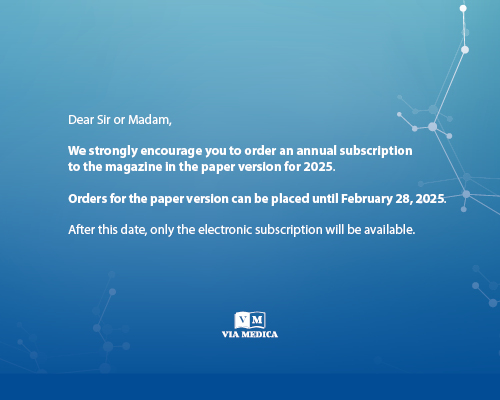Haemate P − use in prophylaxis and treatment of von Willebrand disease and immune tolerance induction in haemophilia A complicated by an inhibitor
Abstract
Haemate P is a plasma-derived concentrate used in the treatment of von Willebrand disease and haemophilia A. In comparison with other concentrates, this product is characterised by a high content of high-molecular-weight multimers. The ratio of von Willebrand factor (vWF:RCo) to factor VIII (FVIII) is 2.4:1. Haemate P is used with a high efficacy and safety when desmopressin (DDAVP) is ineffective or contraindicated, in all forms of von Willebrand disease (vWD), in the treatment of bleeding, in preparation for surgery and in prophylaxis in some patients, especially those with type 3 of the disease. The favourable vWF:RCo/FVIII ratio prevents accumulation of FVIII and related thromboembolic complications. Haemate P has been considered a gold standard in the treatment of von Willebrand disease for many years. This concentrate is used also in haemophilia A replacement therapy. One of the complications of haemophilia A treatment is the development of anti-FVIII antibodies called an inhibitor. The objective of the treatment of those patients is the elimination of the inhibitor, possibly through inducing immune tolerance (IT). The efficacy of Haemate P in immune tolerance induction both in the first and consecutive lines of treatment has been demonstrated by many reports. Replacement of highly-purified and recombinant FVIII concentrates in the case of failure to induce IT to concentrates with a high vWF:RCo content may be a beneficial treatment option in another attempt of inducing IT.
Keywords: Haemate Pvon Willebrand diseaseHaemophilia AImmune tolerance induction



